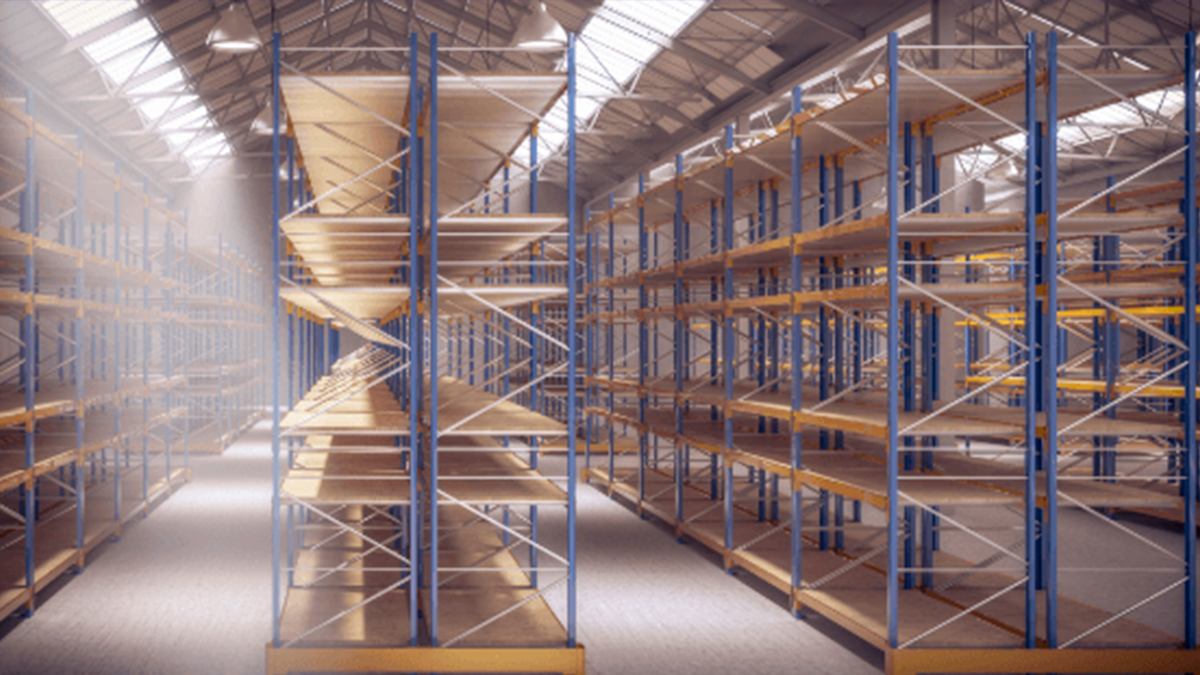
Unified Data Platform & Amazon personalize
30 November 2019
Retail Stock Management Techniques For New-Age Retailers
22 January 2020

Published by
BluePi
Data-Driven Business Transformation
Stock Outs Causes
StockOuts and Why It Happens
Negative Effects of Stockouts
- Missed Opportunity: If product is not available when customers want it and in the quantity they want it, then its potential sales loss for the business. This type of loss is difficult to tap, in the sense that business would never be able to analyze how much product would have sold if it was available. There is a delicate balance between understock and overstock which can lead to either revenue loss or higher costs.
- Impacts Customer Loyalty: If product is not available when customer walks in the store, there is a high chance that customer moves to competitior business looking for same product. In an ever competitive market where customers are bombarded with many options, loyalty in case of stockout is difficult to retain.
- Depletes Profit Margins: When product is not in shelf when needed, businesses look for quick replishment i.e Rush Delivery of the products using measures like cross store transfers, expedite inventory which hurt profit margins as it increases costs significantly and not sustainable in long term.
All or some of the above effects can be reduced if we understand what causes stockouts.
Causes of Stockouts
- Underestimating Demand:Underestimating demand and in turn under ordering is largely due to visibility and communication issues between store managers, distributors and manufacturers. Usually there are no reporting platforms to validate inventory accuracy at different levels like stores, warehouses and the orders are generated by manual process which is not only inaccurate but time consuming as well.
- Delayed Delivery by Supplier: Many factors contribute to delayed deliveries, like a simple miscalculation in, when the stock is required at store, or unexpected events contributing to high lead time or perhaps an order placed too late. Late deliveries not only lead to loss of business but they also pose a bigger challenge of what to do with stocks once it arrives in store after sale season.
- Safety Stock Too Low: Safety stock is an additional stock kept above expected sale to manage unprecedented sale surges. Usually it poses a peculiar problem of how much safety stock is too much or too low. Also saftey stock varies not only by products but also by stores-product combination, which makes it impossible to find an optimum safety stock across products, across stores. If safety stock is too low then it may lead to stockouts while too high a value and store struggles with storage and shelf capacity.
- Working Capital:Working Capital is defined as capital used by business in its day-to-day trading operations. How much working capital will be allocated to product depends on how business envisage how fast the product will move. As pointed out above, if sales projections, safety covers calculations are faulty, it will lead to an unequal and insufficient capital allocation.
Overcoming Stockouts
Its not practically possible to reduce stockouts to zero, as that means infinite inventory and storage in stores, which is not possible. But there are ways using which stockouts can be minimized.
- Reduce Lead Time :It is important for business to reduce lead time and remove any such obstructions. Longer the planning cycle, more the uncertainities. If possible, instead of placing bulk order, business must strive for ordering in smaller quantities, more frequently. Automating the order cycle also helps as it takes away the manual errors as well as shortens the time required in ordering.
- Accurate Demand Forecasting : Using quantitative measures to forecast demand helps in balancing the order cycle, stock replenishment and space usage. It is not possible to identify the future demands just by looking at obvious sales patterns manually in excel sheets. Machine Learning can harness the power of data to identify unique patterns in data as well as seasonality of the purchases.
- Optimum Safety Stocks : As mentioned above, using same yardstick for safety covers for all products leads to stockouts. Same product has completely different sales cycle given a region or store. And its not possible to find out optimum saftey cover for each product-store combination manually as that combination can be in hundred thousands if not in millions. Machine Learning can help churning all the data and provide optimum safety cover, which not only results in reducing stockouts but also helps in distributing working capital more efficiently.
- Communicate with Data : As business grows and hierarchies emerge, departments start working in silos and have a very narrow world view of business. Reporting trends, insights across departments can remove this barrier and result in better coordination. This is not only useful in reducing stockouts but improving whole of the supply chain with easy and timely access of relevant information.
Though it is difficult to get every part of the supply chain work efficiently and in tandem but suppliers need to work with manufacturers, distributors and retailers to ensure that product is available when customer need it.
Stockouts not only lead to loss of potential sales, it affects customer loyalty, brand recall, investors confidence etc.
While it is not possible to zero out the stockouts but data can help in lowering the barrier and AI in Supply Chain can help in automatation and optimization end-to-end.


































